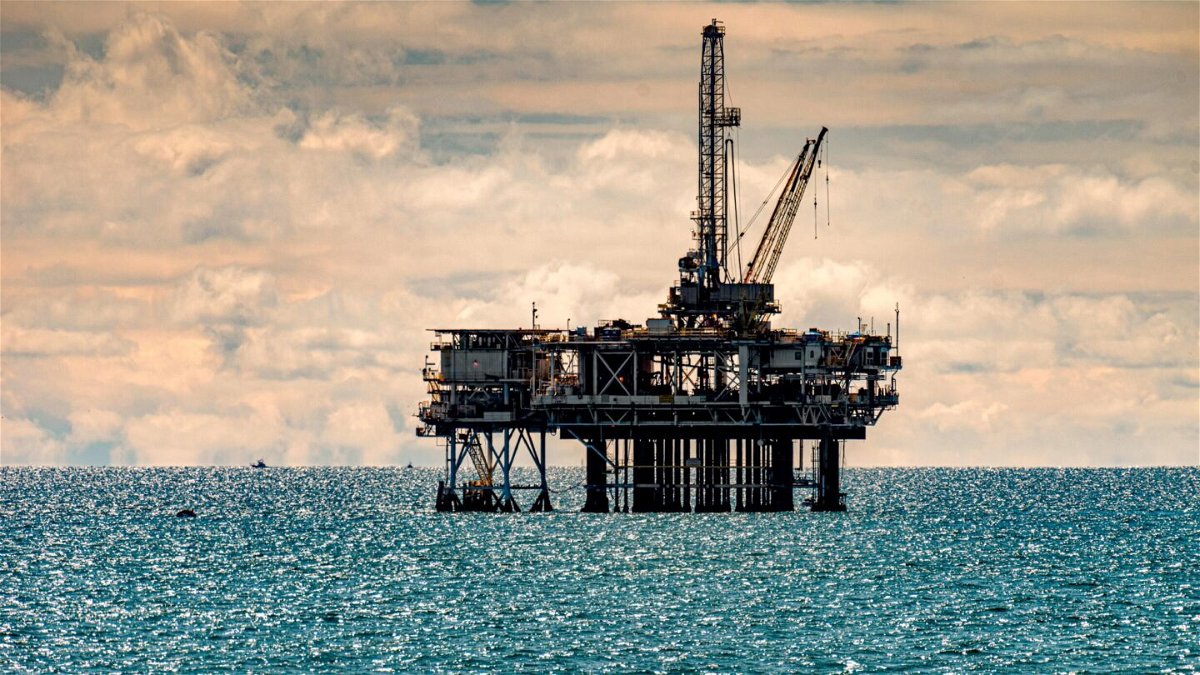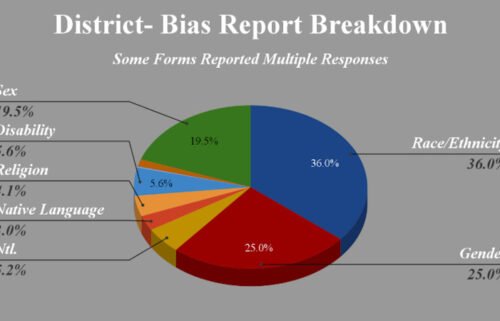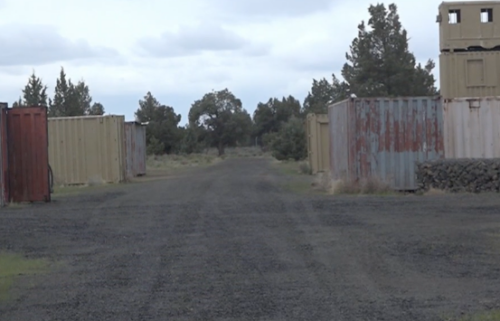America’s offshore oil infrastructure is aging. ‘We don’t know there’s a problem until there’s a problem.’

After a pipeline leak sent as much as 144
By Ella Nilsen and Liz Stark, CNN
After a pipeline leak sent as much as 144,000 gallons of oil gushing into the ocean off the coast of California last week, energy experts pointed to another growing problem: America’s offshore oil and gas infrastructure is aging, and becoming increasingly vulnerable to accidents, natural disasters and stronger hurricanes.
While President Joe Biden is putting a focus on fixing US infrastructure and modernizing the nation’s energy grid, there’s a vast connected web of outdated offshore oil and gas pipeline infrastructure that’s not easily visible.
Pipeline infrastructure is “old, it’s aging as we all know, just like everything else. The only thing is, oil pipelines are out of sight, out of mind,” said Otto J. Lynch, president and CEO of Power Line Systems, which develops software for overhead electric power transmission. “We don’t drive on them, we don’t see them until there’s a problem. We don’t know there’s a problem until there’s a problem.”
A preliminary report from the US Department of Transportation Pipeline and Hazardous Materials Safety Administration indicated this week’s pipeline failure in California may have been caused by an anchor that hooked the pipeline.
The American Society of Civil Engineers gave the United States a C- on its energy infrastructure, in a report card released earlier this year. Oil pipeline systems would receive a similar grade, according to Lynch, who co-authored the scorecard’s energy chapter.
“Energy as a whole was a C-minus, and what I would say is that pipelines were in step with electric as well,” said Lynch. “I would say that oil and gas would be about a C-minus as well.”
Of the 2.8 million miles of oil and gas pipelines in the US, 8,600 miles are offshore in the Gulf of Mexico and 208 miles are off the Pacific Coast, where the California oil spill occurred, according to federal environmental officials.
New offshore drilling permits have been banned in federal waters along the Pacific Coast since 1984, and all current drilling operates under leases that were permitted before that ban. Federal records show the platform connected to the leaking pipeline was built in 1980, though it is unclear whether the pipe is the same age. A US Bureau of Safety and Environmental Enforcement spokesperson didn’t immediately return CNN’s request for comment. Amplify Energy, which owns the pipeline that leaked this week, also did not respond to a request for information.
“Whether you’re talking about roads or subways, we have aging infrastructure — pipelines are part of that as well,” said Deborah Gordon, a senior principal at RMI, a nonprofit research organization that advocates for carbon-free energy.
As offshore oil and gas pipelines age, they can deteriorate for several reasons: corrosion from salt water and the sea floor, mudslides, and getting hit by the nets of fishing trawlers dragging nets are all reasons pipes can leak or fail.
Aging pipeline infrastructure comes with a significant cost: From 2001 to 2020, there have been 5,750 significant pipeline incidents onshore and offshore, resulting in over $10.7 billion worth of damages during that time, according to the Pipeline and Hazardous Materials Safety Administration.
But the offshore oil and gas infrastructure in the Pacific region and the Gulf of Mexico face different challenges.
Oil infrastructure in the Gulf takes a beating from hurricanes, which are becoming more frequent and intense due to climate change.
A Government Accountability Office study published in March found that throughout the years, the BSEE allowed oil and gas companies to leave over 97% of their decommissioned pipelines — about 18,000 miles of pipeline — on the seafloor of the Gulf since the 1960s.
The combination of stronger storms and a tangled web of decommissioned or abandoned pipelines can make a particularly challenging environment for the pipelines that are still in operation.
“There’s quite a spaghetti bowl of pipes on the subsea surface close to shore in the Gulf,” Frank Rusco, director of Natural Resources and Environment at the Government Accountability Office and a report author, told CNN. A hurricane or tropical storm “can move pipelines around, it can pick up something and drag it across other equipment.”
Rusco’s report cited an incident in 2005 in which Hurricane Katrina dragged nine miles of buried pipeline around 4,000 feet across the sea floor.
More recent storms have also had an impact; when Hurricane Ida hit the Gulf Coast this summer, the National Oceanic and Atmospheric Administration reported 55 spills — a new record for spills caused by a single storm, according to The New York Times.
“If more storms become stronger and more frequent as predicted by climate change models, then there’s going to be more damage to these pipelines, so we need to be mindful of that,” Rusco said.
While the Pacific coast isn’t threatened by hurricanes, the region is prone to earthquakes, and the oil and gas infrastructure tends to be older than its Gulf Coast counterparts. Some of the drilling infrastructure in the Pacific was constructed as early as the 1960s.
“A lot of the active oil pipelines in the Gulf are going to be much newer than what’s in California,” Rusco said. “Those wells were drilled a long time ago, that infrastructure is older, there’s natural deterioration of that equipment over time.”
There’s no immediate push at the federal level to replace aging oil and gas infrastructure. Biden’s bipartisan infrastructure bill doesn’t contain funding to update oil and gas pipelines, and the House budget bill contains language to ban offshore drilling outright.
While pipeline incidents that have human or environmental impacts have decreased over the past five years, according to the American Society of Civil Engineers’ report, the group further recommends improving pipeline reliability by conducting more frequent and thorough inspections of critical assets and “focusing on robust risk mitigation.” Companies in the Pacific have more stringent inspection standards than companies in the Gulf Coast do, Rusco’s report found. BSEE’s Pacific region requires oil and gas operators to conduct subsea inspection of their active pipelines because of heavy ocean currents, potential earthquakes and the proximity to heavily populated areas in southern California.
Lynch noted the life cycle of pipelines should be taken into account when repairing or replacing the infrastructure.
“If you’re going to do it, do it right,” Lynch told CNN. “If you’re going to build something that’s not right up front, you’re going to have to replace it in 20 years. Let’s build it, thinking about long-term costs. It may cost just a bit more to do it today, but it’s going to last 100 years. And if we had done that back in the ’50s and ’60s, we wouldn’t be having these problems today.”
Gordon emphasized the need to update not only the physical infrastructure of pipelines, but also the “antiquated” human infrastructure involved in responding to pipeline incidents.
“What we’re starting to get is better diagnostics of accidents or releases or upsets,” Gordon said, pointing to advancements in satellite technology that can help detect oil spills and natural gas emissions. “But what we don’t have is the government infrastructure to find it and fix it quickly.”
The-CNN-Wire
™ & © 2021 Cable News Network, Inc., a WarnerMedia Company. All rights reserved.



